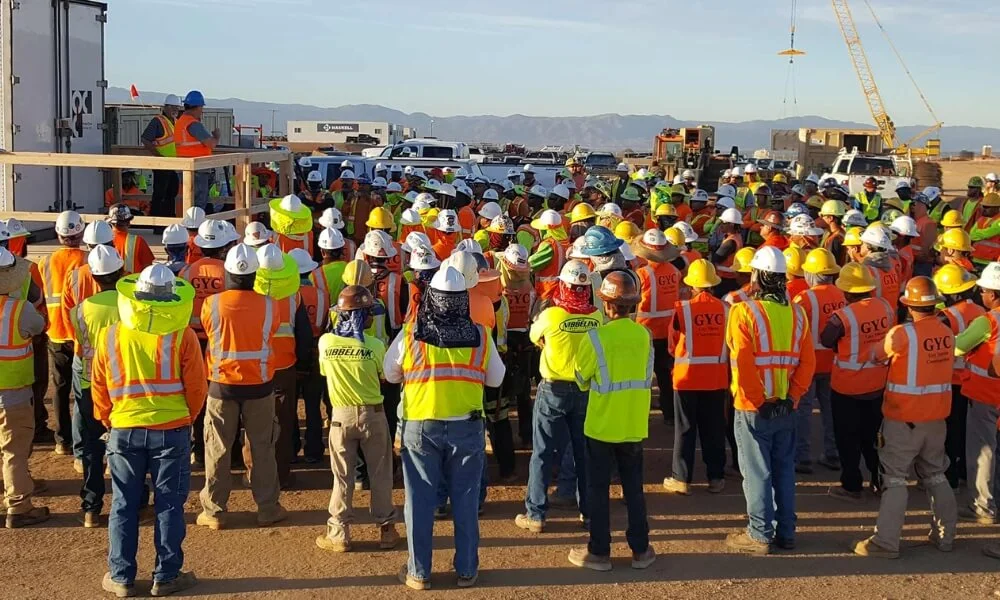Safety is paramount in any workplace, but how often do organizations pause their regular operations to focus exclusively on this crucial aspect? Welcome to our comprehensive guide on Safety Stand-Down. Originating from industries where safety lapses could result in life-threatening situations, the concept of a Safety Stand-Down has gained traction across various sectors as an effective tool to address and mitigate workplace hazards.
This blog will delve deep into what constitutes a Safety Stand-Down, explore its manifold benefits, and provide actionable tips to ensure your Stand-Down sessions are informative and impactful. Whether you’re a seasoned safety professional or just starting to prioritize workplace safety, this guide offers insights to enhance your organization’s safety culture. Dive in to discover how regular pauses can lead to lasting safety improvements.
What is Safety Stand Down? Definition
A Safety Stand-Down is a deliberate pause in operations where employers and employees come together to discuss safety protocols, address concerns, and reinforce best practices in the workplace. This intentional break, often initiated by management, aims to refocus and re-educate employees on safety standards specific to their roles or the industry. Safety stand-downs can be structured, with presentations and training sessions, or more informal, involving open discussions about potential hazards and preventive measures.
The importance of a Safety Stand-Down cannot be overstated. Firstly, it fosters an open line of communication between employees and management about safety concerns, ensuring everyone is aligned with the company’s safety objectives. This proactive approach helps identify and mitigate potential risks before they become real threats.
Moreover, these sessions cultivate a safety culture within the organization, emphasizing that employee well-being is a top priority. When workers feel their safety is valued, they are more likely to adhere to protocols, leading to fewer incidents and a healthier work environment.
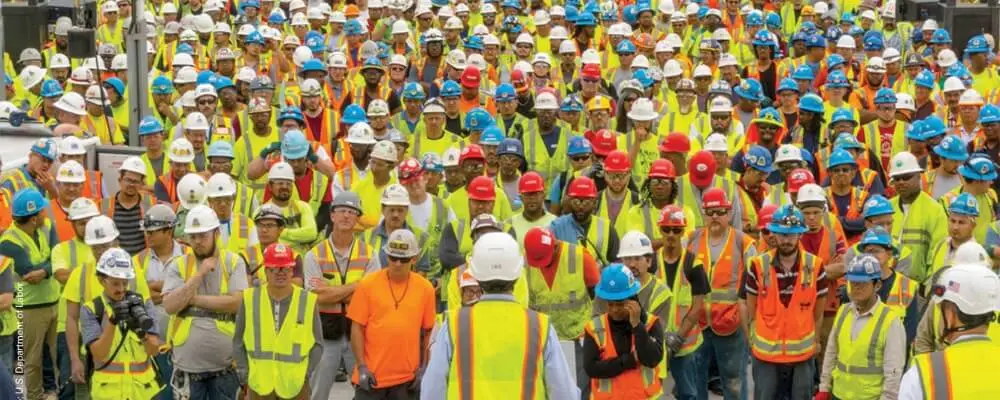
Benefits Of Safety Stand Downs
Safety Stand-Downs are integral components of effective workplace safety programs. When executed correctly, they offer numerous benefits:
- Heightened Awareness: Stand-downs act as periodic reminders of the importance of safety. They bring to light potential hazards, ensuring that safety remains at the forefront of every worker’s mind.
- Improved Communication: These sessions foster open dialogue between all employees, from top management to frontline workers. This communication helps bridge gaps in understanding or perception of safety practices and policies.
- Injury and Accident Prevention: By focusing on specific safety concerns or recent incidents, Safety Stand-Downs can provide targeted education, potentially preventing future accidents or injuries.
- Reinforces Safety Culture: Periodic Stand-Downs emphasize that safety is not a one-time topic but an ongoing priority. This can help ingrain a robust safety culture within the organization.
- Employee Engagement: By involving workers in safety discussions and encouraging their feedback, Stand-Downs enhance employee engagement. Workers feel more valued and involved when they can actively participate in safety discussions.
- Compliance with Regulations: Regularly revisiting and discussing safety topics can help ensure an organization remains compliant with industry regulations and standards, avoiding potential penalties.
- Reduction in Costs: Preventing accidents can significantly reduce costs associated with medical care, workers’ compensation, and potential legal liabilities.
- Increased Productivity: A safe work environment promotes better morale and reduces disruptions caused by accidents. This can increase productivity as employees can focus on their tasks without safety concerns.
- Enhanced Reputation: Organizations that prioritize safety and conduct regular Stand-Downs will likely have a better reputation among clients, partners, and potential employees.
- Continuous Improvement: Gathering feedback during Stand-Downs can highlight areas of improvement. This iterative process ensures that safety protocols evolve as new risks emerge or better methods are developed.
In essence, Safety Stand-Downs invest in employees’ well-being and an organization’s overall health. Their benefits extend beyond immediate safety improvements, impacting productivity, costs, and reputation.
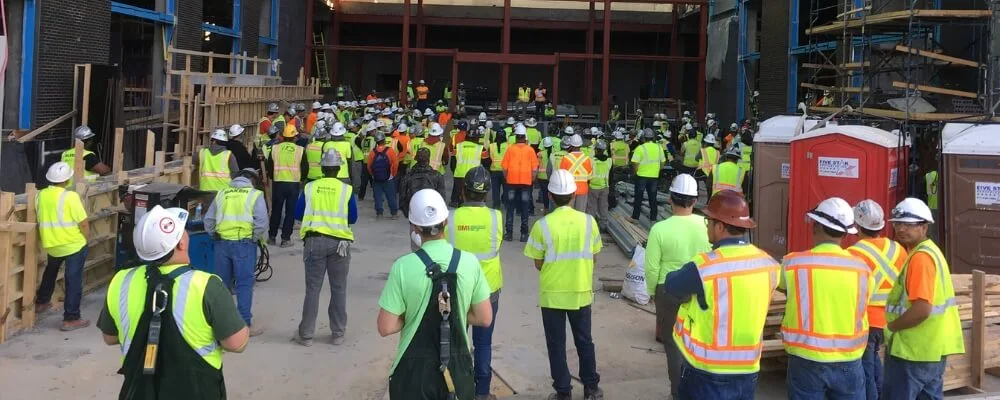
10 Steps For Successful Safety Stand Downs
To ensure a successful Safety Stand-Down, organizations should follow a structured approach. Here are 10 steps to help you plan and execute an effective Safety Stand-Down:
1. Pre-Planning
The initial stage of organizing a Safety Stand-Down involves deciding the core topic or theme. This is crucial because it dictates the direction and content of the session. While general safety reminders are valuable, focusing on pressing issues or vulnerabilities provides immediate relevance.
Opting for themes based on recent incidents or near-misses addresses current concerns and underscores the timeliness and importance of the stand-down. Addressing real and recent events emphasizes the practical applicability of the discussions and lessons.
2. Involve Everyone
A Safety Stand-Down’s efficacy is magnified when all tiers of an organization are engaged. Everyone plays a role in maintaining a safe workspace, from the C-suite executives to the newest recruit. Including all levels ensures a comprehensive view of safety, with insights from diverse perspectives and experiences.
It also reinforces the notion that safety is not the responsibility of a few but a collective effort, fostering a unified approach and solidarity.
3. Pick a Suitable Location
The setting of the stand-down is as crucial as its content. The right environment enhances concentration, participation, and retention. Ideally, the location should be spacious enough to accommodate all participants without feeling cramped.
It should avoid the noise of machinery or bustling work areas, minimizing distractions. Factors like adequate ventilation, temperature control, and accessibility ensure everyone remains attentive and comfortable throughout the session.
4. Prepare Materials and Resources
Once the theme is decided, the next step is amassing relevant materials to facilitate the discussion. Utilizing varied resources, like training videos or demonstrative equipment, can make the presentation more engaging and easier to understand.
For example, if the topic is safety harness usage, having an actual harness for demonstration is far more effective than merely discussing it. Charts, slides, or handouts can help visualize data or procedures, ensuring the message is seen and heard.
5. Encourage Participation
The key to an impactful Safety Stand-Down is dialogue rather than monologue. While presenting information is vital, the true essence of the stand-down lies in interaction. Employees should feel free to voice their concerns, share personal experiences, and ask questions. Such exchanges make the session more relatable and foster a sense of community.
Additionally, when employees actively participate, they’re more likely to internalize the information, leading to better implementation of safety protocols.
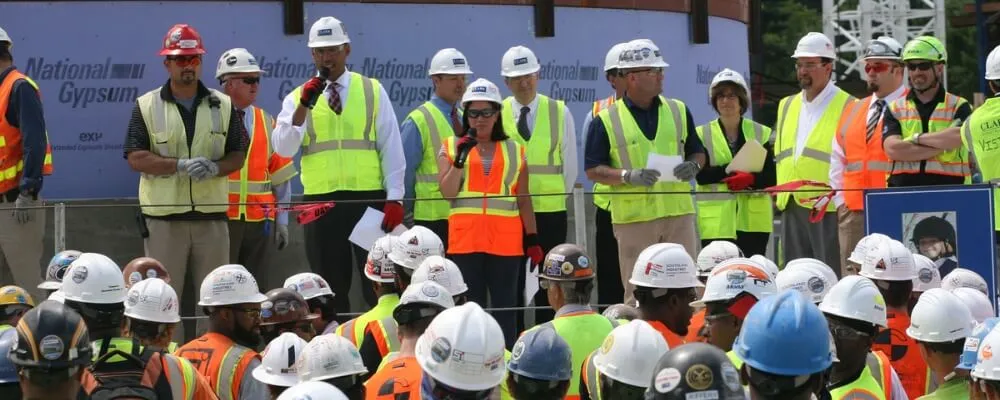
6. Utilize Experts
Inviting safety professionals or experts can greatly enhance the credibility and quality of the information shared during a Safety Stand-Down. These individuals often come with a wealth of experience and knowledge that can be tailored to address specific issues or provide deeper insights.
Their external viewpoint can often detect overlooked vulnerabilities or suggest best practices that might not be prevalent within the organization. Moreover, employees tend to value information more when presented by recognized authorities in the field, leading to better retention and adherence.
7. Visual Aids and Demonstrations
Human beings are predominantly visual learners. By incorporating hands-on demonstrations or utilizing visual aids, the content becomes more digestible and memorable. Instead of merely discussing the dangers of a certain procedure, physically demonstrating the right and wrong methods can emphasize the importance of proper protocol.
For instance, a simple demonstration of the misuse of safety equipment can starkly illustrate potential dangers and make abstract concepts tangible. This form of active learning can significantly bolster comprehension and encourage safer work habits.
8. Reiterate the Company Safety Policy
It’s essential to constantly remind employees of the organization’s stance on safety. A Safety Stand-Down provides the perfect platform to restate and emphasize the company’s safety policies. This serves a dual purpose: firstly, it reinforces the idea that safety isn’t just an occasional concern but is embedded in the company’s culture.
Secondly, highlighting management’s commitment to worker safety establishes trust, assuring employees that their well-being is a top priority and that they are supported in all safety-related matters.
9. Feedback Collection
The end of a Safety Stand-Down shouldn’t be the end of the conversation. Soliciting feedback from participants is vital for multiple reasons. It provides a gauge of the session’s effectiveness. These highlight areas that might need further clarification and give workers a voice, making them active participants in their safety.
Feedback can be collected through structured surveys, open forums, or one-on-one discussions, depending on what’s feasible for the organization. The insights derived from this feedback can be invaluable for refining future safety sessions.
10. Follow-Up Actions
The true testament of a successful Safety Stand-Down lies in the actions that follow. Discussions and demonstrations are pivotal, but their impact can wane without actionable outcomes. Post-session, it’s imperative for the organization to evaluate the concerns, suggestions, and feedback raised during the Stand-Down.
Prompt action, whether updating training modules, procuring better safety equipment, or revising existing protocols, showcases the company’s genuine commitment to safety. Moreover, it sends a clear message to the workforce that their safety concerns are heard and acted upon.
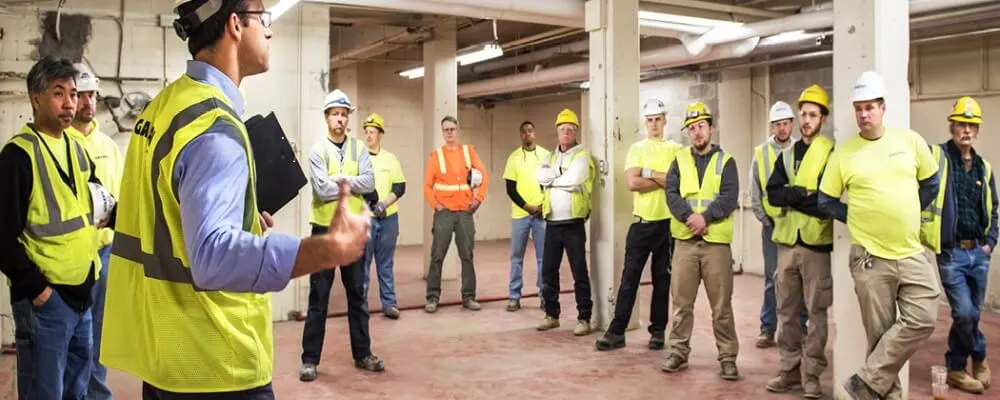
Who Can Participate In Safety Stand Downs?
Safety Stand-Downs are designed to address safety concerns in the workplace; therefore, their participants typically span various levels and roles within an organization. Here’s a breakdown of who can participate:
- Frontline Workers: These employees are often most at risk since they are directly involved in the company’s core operations. Their participation is crucial as they can provide firsthand accounts of safety concerns and potential hazards they encounter during their daily tasks.
- Supervisors and Team Leads: These individuals oversee work processes and ensure safety protocols are followed. Their involvement in Stand-Downs helps their teams translate safety directives into actionable steps.
- Management: Participation from top management is crucial to emphasize the company’s commitment to safety. Their presence in Safety Stand-Downs also showcases that safety is a top priority at every organizational level.
- Safety Professionals and Trainers: These experts can guide the conversation, provide updated information on best practices, and introduce new safety techniques or equipment.
- Contractors and Subcontractors: In industries where contractors and subcontractors frequently work on-site, including them in Stand-Downs ensures that everyone, regardless of their employment status, is on the same page regarding safety.
- Guest Speakers and External Experts: Depending on the topic of the Stand-Down, external safety experts can be invited to offer fresh perspectives or specialized knowledge.
- Human Resources Personnel: HR professionals can provide insights into safety training requirements, address concerns related to workers’ compensation, and highlight the importance of mental well-being alongside physical safety.
- Union Representatives: In unionized workplaces, representatives can offer feedback on behalf of their members and ensure that safety protocols align with union agreements.
- Equipment and Material Vendors: In some cases, especially when introducing new machinery or materials, vendors can participate to provide training or demonstrate the correct usage and safety protocols associated with their products.
In essence, anyone with a vested interest in workplace safety, whether directly involved in operations or playing a supportive role, can and should participate in Safety Stand-Downs. The collective input from diverse participants ensures comprehensive safety discussions and the development of effective safety strategies.
Conclusion
In an ever-evolving work environment, Safety Stand-Downs emerge as a beacon of proactive safety culture, emphasizing the significance of pausing, reflecting, and recalibrating. These sessions are not mere breaks from routine but pivotal moments that can transform an organization’s safety ethos. Companies can ensure that every member feels valued, protected, and empowered by understanding its definition, recognizing its benefits, and implementing the right strategies.
In the end, a robust safety culture doesn’t just reduce accidents; it fosters trust, boosts morale, and contributes to the overall success of an organization. Embrace Safety Stand-Downs as an investment in your team’s well-being and the long-term health of your enterprise.

